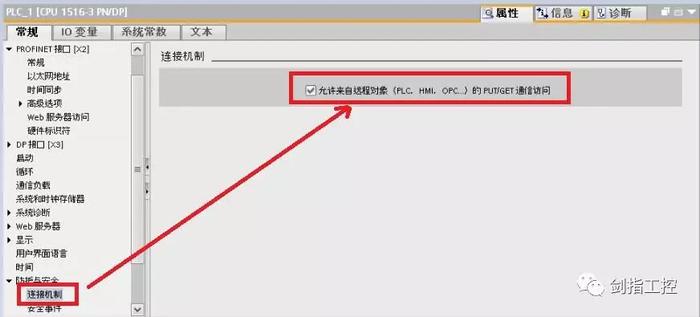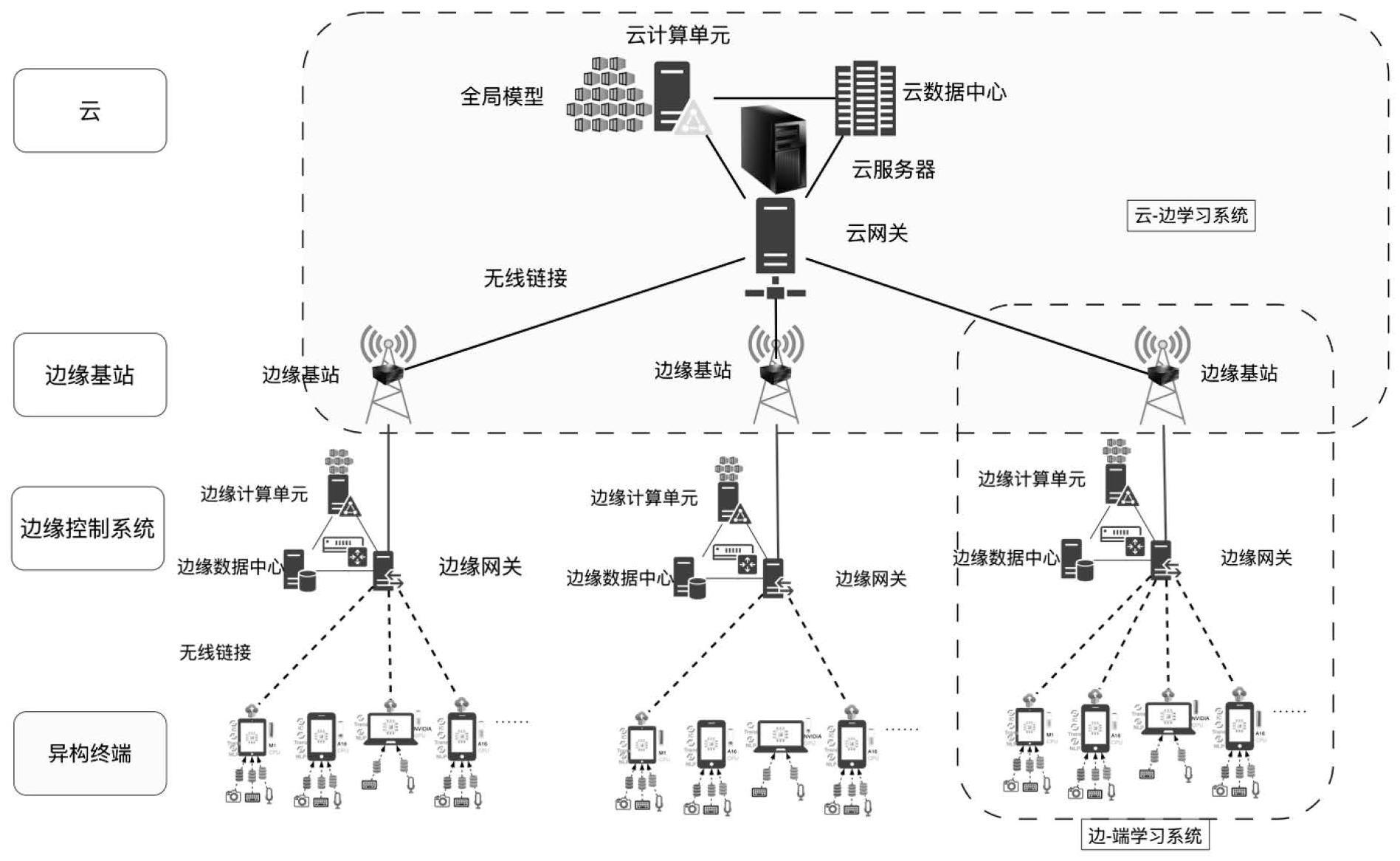
Reed-Solomon (RS) 编码是一种错误纠正编码,可以检测和纠正数字传输中的错误。它广泛用于诸如 CD、DVD、蓝光光盘和卫星通信等数据存储和传输应用中。
RS 编码原理
RS 编码基于有限域上的代数运算。它使用 Galois Field (GF)(伽罗瓦域),其中数字运算在有限集合上执行,称为有限域。有限域由一组元素组成,这些元素在加法和乘法运算下形成一个封闭群。
RS 编码器将数据块转换为符号块。符号块在有限域中表示,通常为 GF(2
m
),其中 m 是 GF 的阶数。编码器将多项式编码添加到数据块中,从而生成码字。码字包含原始数据加上纠错信息。
RS 解码器接收码字并使用错误纠正算法来检测和纠正错误。解码器使用多项式除法来查找码字中错误的位置和值。一旦找到错误,解码器就可以使用已存储的纠错信息来纠正它们。
C 语言中实现 RS 编码
在 C 语言中实现 RS 编码时,需要考虑以下关键步骤:
-
定义有限域:定义 GF(2
m
) 有限域的数据结构和运算。
-
生成编码器多项式:生成编码器用于创建码字的多项式。
-
编码数据块:将数据块转换为符号块并使用编码器多项式生成码字。
-
生成解码器多项式:生成解码器用于查找错误位置和值的多项式。
-
解码码字:使用错误纠正算法解码码字,检测和纠正错误。
C 语言 RS 编码示例
下面是一个在 C 语言中实现 RS 编码的示例代码:
c
include
include
include
// 有限域 GF(2^m) 定义
typedef struct {int m;guint32 poly;
} GaloisField;// 创建有限域 GF(2^m)
GaloisField gf_create(int m) {GaloisField gf = malloc(sizeof(GaloisField));gf->m = m;// 计算生成多项式guint32 poly = 1;for (int i = 0; i < m; i++) {poly <<= 1;poly |= 1;}// 创建有限域多项式gf->poly = malloc(sizeof(guint32));gf->poly = poly;return gf;
}// 销毁有限域 GF(2^m)
void gf_destroy(GaloisField gf) {free(gf->poly);free(gf);
}// GF(2^m) 中元素加法
guint32 gf_add(GaloisField gf, guint32 a, guint32 b) {return a ^ b;
}// GF(2^m) 中元素乘法
guint32 gf_mul(GaloisField gf, guint32 a, guint32 b) {guint32 res = 0;while (b) {if (b & 1) {res ^= a;}b >>= 1;a <<= 1;if (a & (1 << gf->m)) {
a ^= gf->poly;}}return res;
}// GF(2^m) 中元素划分
guint32 gf_div(GaloisField gf, guint32 a, guint32 b) {guint32 res = 0;while(a) {if (a >= b) {res ^= 1;a ^= b;}a <<= 1;if (a & (1 << gf->m)) {a ^= gf->poly;}}return res;
}// 生成编码器多项式
guint32 gen_encoder_poly(GaloisField gf, int k) {guint32 poly = malloc(sizeof(guint32) (k + 1));// 初始化多项式为 1for (int i = 0; i < k + 1; i++) {poly[i] = 0;}poly[0] = 1;// 对于多项式的每个系数for (int i = 1; i < k + 1; i++) {// 对于多项式的每个幂for (int j = i; j < k + 1; j++) {poly[j] ^= gf_mul(gf, gf_mul(gf, poly[j - i], gf_div(gf, 1, i)), poly[j]);}}return poly;
}// 编码数据块
void encode_block(GaloisField gf, guint32 encoder_poly, guint32 data, int k, int n) {// 计算冗余符号for (int i = k; i < n; i++) {data[i] = 0;for (int j = 0; j < k; j++) {data[i] ^= gf_mul(gf, encoder_poly[i - j], data[j]);}}
}// 生成解码器多项式
guint32 gen_decoder_poly(GaloisField gf, int k, int n) {guint32 poly = malloc(sizeof(guint32) (n + 1));// 初始化多项式为 1for (int i = 0; i < n + 1; i++) {poly[i] = 0;
}poly[0] = 1;// 对于多项式的每个系数for (int i = 1; i < n + 1; i++) {// 对于多项式的每个幂for (int j = i; j < n + 1; j++) {poly[j] ^= gf_mul(gf, gf_mul(gf, poly[j - i], gf_div(gf, 1, i)), poly[j]);}// 将系数除以 x^(n-k)poly[i] = gf_div(gf, poly[i], 1 << (n - k));}return poly;
}// 解码码字
void decode_codeword(GaloisField gf, guint32 decoder_poly, guint32 codeword, int k, int n) {// 计算错误位置多项式guint32 error_locator_poly = malloc(sizeof(guint32) (n + 1));for (int i = 0; i < n + 1; i++) {error_locator_poly[i] = 0;}error_locator_poly[0] = 1;// 对于码字的每个符号for (int i = 0; i < n; i++) {if (codeword[i] != 0) {guint32 temp = malloc(sizeof(guint32) (n + 1));// 创建临时多项式,系数从 i 开始for (int j = 0; j < i; j++) {temp[j] = 0;}temp[i] = 1;// 将错误位置多项式乘以临时多项式for (int j = i; j < n + 1; j++) {error_locator_poly[j] = gf_mul(gf, error_locator_poly[j], temp[j- i]);}free(temp);}}// 计算错误位置int error_locations = malloc(sizeof(int) (n - k));int num_errors = 0;
本文原创来源:电气TV网,欢迎收藏本网址,收藏不迷路哦!









添加新评论